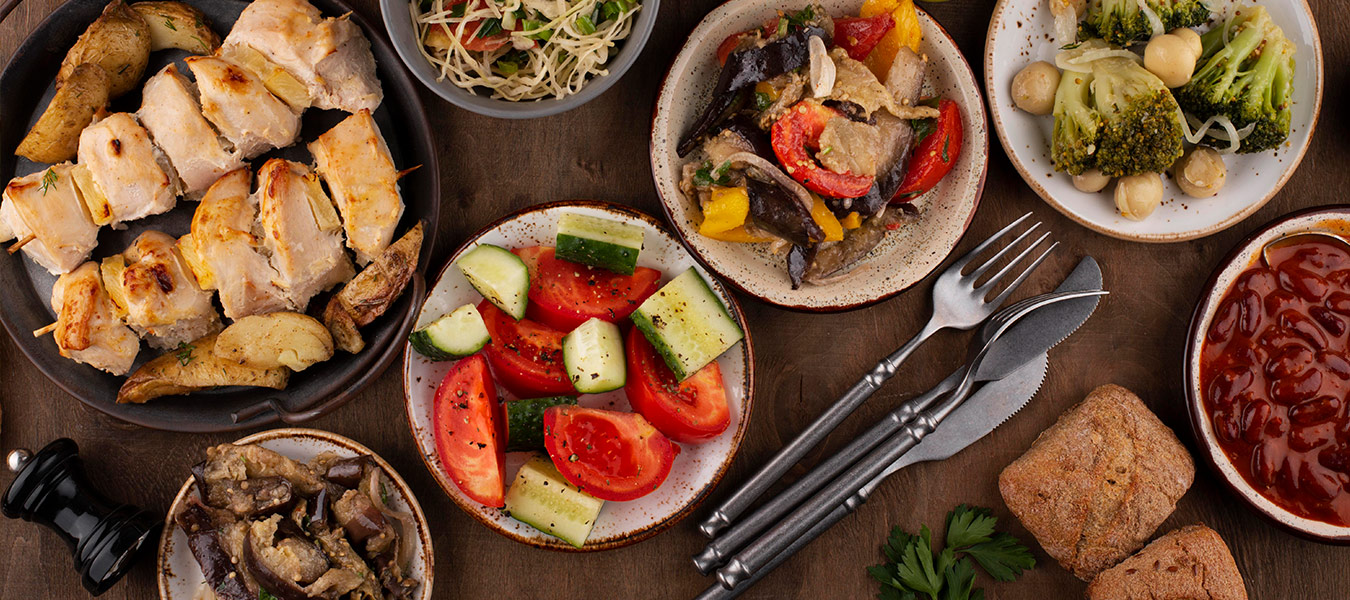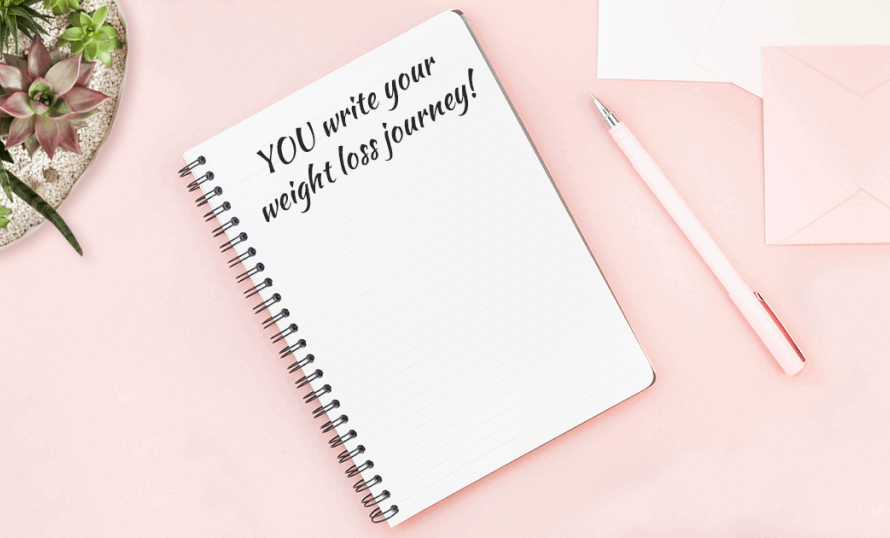Eating right isn’t about following strict rules — it’s about balance. A balanced diet gives your body all the nutrients it needs to function properly. In this guide, we’ll explain what a balanced diet is, explore the major food groups, and provide an easy-to-follow daily diet chart that can help you stay fit and healthy.

✅ What is a Balanced Diet?
A balanced diet means eating a variety of foods from all the major food groups in the right amounts. It helps maintain energy levels, supports growth, boosts immunity, and prevents lifestyle diseases like obesity, diabetes, and heart problems.
Key Benefits of a Balanced Diet:
Maintains healthy body weight
Improves digestion and metabolism
Supports brain and heart health
Reduces risk of chronic illnesses
Enhances energy and focus

🥗 The 5 Major Food Groups You Need Every Day
To achieve a balanced diet, you should include foods from the following five major food groups:
1. Carbohydrates (Energy Providers)
Carbs are the main source of energy for your body. Choose complex carbohydrates for better nutrition.
Sources: Brown rice, whole wheat, oats, sweet potatoes, quinoa
2. Proteins (Body Builders)
Proteins help build and repair tissues, muscles, and cells.
Sources: Eggs, fish, chicken, lentils, beans, tofu, nuts, milk
3. Fats (Good Fats Only)
Healthy fats are essential for brain function and hormone balance.
Sources: Avocados, olive oil, nuts, seeds, ghee (in moderation), fatty fish
4. Vitamins & Minerals (Protective Foods)
They help boost your immune system, keep your bones strong, and support overall health.
Sources: Fruits, vegetables, dairy, seeds, and nuts
5. Water (The Forgotten Nutrient)
Water is crucial for digestion, detoxification, and regulating body temperature.
Tip: Drink 8–10 glasses of water daily.
🥦 Foods to Avoid in a Balanced Diet
A balanced diet isn’t just about what you eat — it’s also about what you avoid.
Sugary drinks and snacks
Deep-fried and processed foods
Excessive salt and refined carbs
Junk food and artificial sweeteners
🗓️ Sample Balanced Diet Chart (For Adults)
Here’s an easy balanced diet chart for an average adult. Adjust quantities based on your age, gender, and activity level.
Morning (7:00 AM – 8:00 AM)
Warm water with lemon
Soaked almonds or walnuts
Breakfast (8:30 AM – 9:00 AM)
Oats or poha with vegetables
1 boiled egg or a glass of milk
1 fruit (banana, apple, or orange)
Mid-Morning Snack (11:00 AM)
Fresh fruit or a handful of mixed seeds
Lunch (1:00 PM – 2:00 PM)
1-2 chapatis or 1 bowl of rice
Cooked vegetables or dal
Curd or buttermilk
Salad (cucumber, tomato, carrot)
Evening Snack (4:30 PM – 5:00 PM)
Herbal tea or green tea
Roasted chana or sprouts
Dinner (7:00 PM – 8:00 PM)
1-2 chapatis or a bowl of khichdi
Light sabzi or soup
A small bowl of salad
Before Bed (Optional)
Warm milk with a pinch of turmeric
👩⚕️ Tips to Maintain a Balanced Diet
Eat small, frequent meals instead of large ones
Include colorful fruits and vegetables in every meal
Reduce sugar and salt gradually
Practice mindful eating — avoid screens while eating
Stay active and hydrated
🤔 Who Should Follow a Balanced Diet?
Everyone — children, adults, and seniors — should aim for a balanced diet. But if you have health conditions like diabetes, thyroid, or heart problems, you should consult a nutritionist for a personalized plan.


